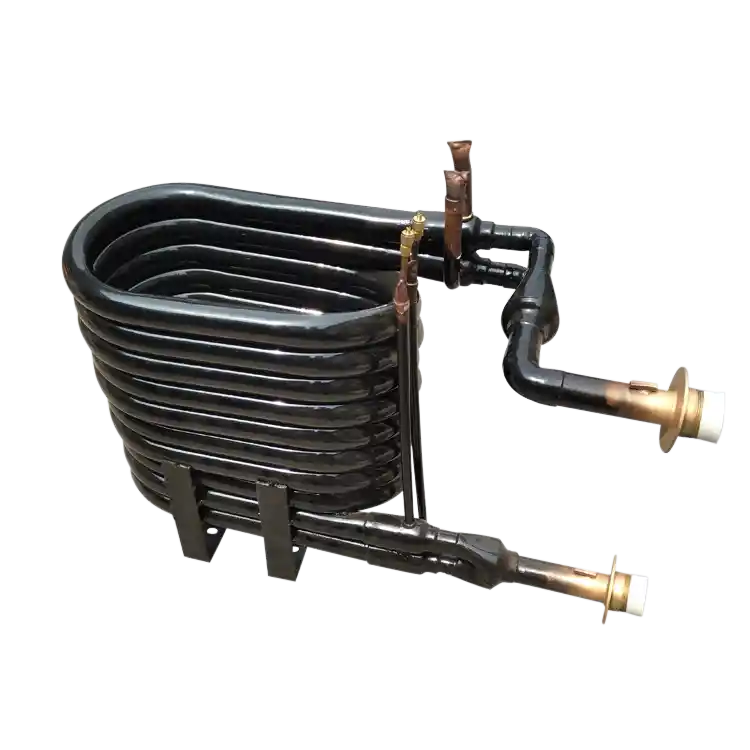Introduction
In this article, we will explore the concept of a coaxial heat exchanger and its relevance in enhancing the efficiency of HVAC (Heating, Ventilation, and Air Conditioning) systems. We will delve into the working principle, advantages, and various applications of coaxial heat exchangers in HVAC systems.
1. Understanding Coaxial Heat Exchangers
Coaxial heat exchangers are specialized devices designed to facilitate heat transfer between two fluid streams. Unlike traditional heat exchangers, coaxial heat exchangers feature a coaxial configuration, enabling improved thermal performance and compact design.
1.1 Working Principle
The working principle of a coaxial heat exchanger involves the simultaneous flow of two fluid streams, typically a hot fluid and a cold fluid. The coaxial configuration consists of an inner tube and an outer tube, creating a concentric arrangement. The hot fluid flows through the inner tube, while the cold fluid passes through the annular space between the inner and outer tubes. Heat transfer occurs through conduction and convection between the fluids.
1.2 Advantages of Coaxial Heat Exchangers
Coaxial heat exchangers offer several advantages over conventional heat exchangers in HVAC systems:
| Advantages | Descripción |
|---|---|
| Enhanced Heat Transfer | The coaxial configuration maximizes the surface area available for heat transfer, resulting in improved thermal efficiency. |
| Compact Design | Coaxial heat exchangers have a smaller footprint compared to other heat exchanger types, making them ideal for space-constrained HVAC installations. |
| Reduced Pressure Drop | The flow path in coaxial heat exchangers minimizes pressure drop, optimizing energy consumption and system performance. |
| Corrosion Resistance | Coaxial heat exchangers can be constructed using corrosion-resistant materials like stainless steel, ensuring longevity and durability. |
2. Applications of Coaxial Heat Exchangers in HVAC Systems
Coaxial heat exchangers find wide-ranging applications in HVAC systems, contributing to improved energy efficiency and overall performance.
2.1 Heat Recovery Ventilation (HRV) Systems
Coaxial heat exchangers are utilized in HRV systems to recover heat from the exhaust air and transfer it to the incoming fresh air stream. This allows for energy conservation and improved indoor air quality.
2.2 Geothermal Heat Pump Systems
Coaxial heat exchangers play a crucial role in geothermal heat pump systems. They enable the exchange of heat between the refrigerant circulating in the underground loop and the fluid used in the heat pump, facilitating efficient heating and cooling of buildings.
2.3 Chilled Water Systems
In large commercial buildings, coaxial heat exchangers are employed in chilled water systems. They assist in the transfer of heat between the chilled water loop and the air conditioning units, optimizing cooling performance.
2.4 Heat Recovery Chillers
Coaxial heat exchangers find applications in heat recovery chillers, where they enable the recovery of waste heat from various sources, such as data centers or industrial processes, for space heating or water heating purposes.
Conclusion
Coaxial heat exchangers offer significant advantages and diverse applications in HVAC systems. Their unique design enhances heat transfer efficiency, compactness, and corrosion resistance. By incorporating coaxial heat exchangers, HVAC systems can achieve improved energy efficiency and contribute to sustainable building operations.


